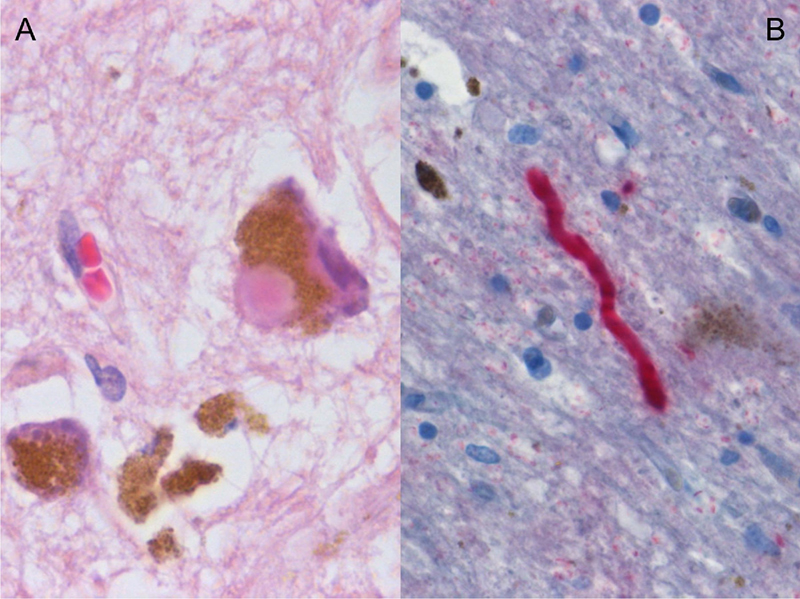
According to a new study published in the journal npj Digital Medicine, wearable technology can be a better alternative to self-reporting diaries to track symptoms in people with Parkinson’s disease.
“For clinicians to effectively manage the disease and for researchers to develop new therapies, high quality data are critical,” said Paolo Bonato, a senior author on the paper and one of the principal investigators of the initiative.
Read more Flytta Smartwatch: A New Approach to Parkinson’s Care
“By using technology to help us get accurate data and more of it, we feel this approach can be used to help us improve the care and research options for the population with Parkinson’s disease,” said Bonato, who is also an associate professor of physical medicine and rehabilitation at Harvard Medical School, director of the Spaulding Motion Analysis Lab and an associate faculty member at the Wyss Institute for Biologically Inspired Engineering.
This collaborative project was aimed at improving methods of data collection for studies of Parkinson’s disease. Participants in the study include researchers from HMS, Spaulding Rehabilitation Hospital, Boston University School of Medicine, Pfizer Inc., Tufts Medical Center and the Wyss, reports Medical Express.
For their study, the researchers recruited 60 healthy volunteers and 95 people with Parkinson’s disease. The individuals were asked to record their activities and symptoms in electronic diaries. They were monitored at home, in simulated apartment settings and in laboratory environments.

The researchers found that 38% of the study participants manually recording their activities missed 25% of possible entries. Entries are often made many hours after the events they are describing. Expert analysis of video recordings of the trial subjects found that self-reports were marked by 35% false negatives and 15% false positives.
These results highlight the significant opportunity for objective, high-resolution continuous monitoring afforded by wearable technology to improve upon the monitoring of Parkinson’s disease symptoms, the researchers said.
“Digital technologies have the potential to enhance existing standard methods of assessing and monitoring Parkinson’s disease, not only [the patient’s] motor and nonmotor symptoms in response to treatment, but also their functional ability to live an independent and fulfilling life,” said Kip Thomas, the principal investigator of the Boston University arm of the collaboration. “Integrating digital measures into clinical trials will improve the consistency and resolution of the data to the benefit of the scientist, the clinician, and, most importantly, the patient.”











